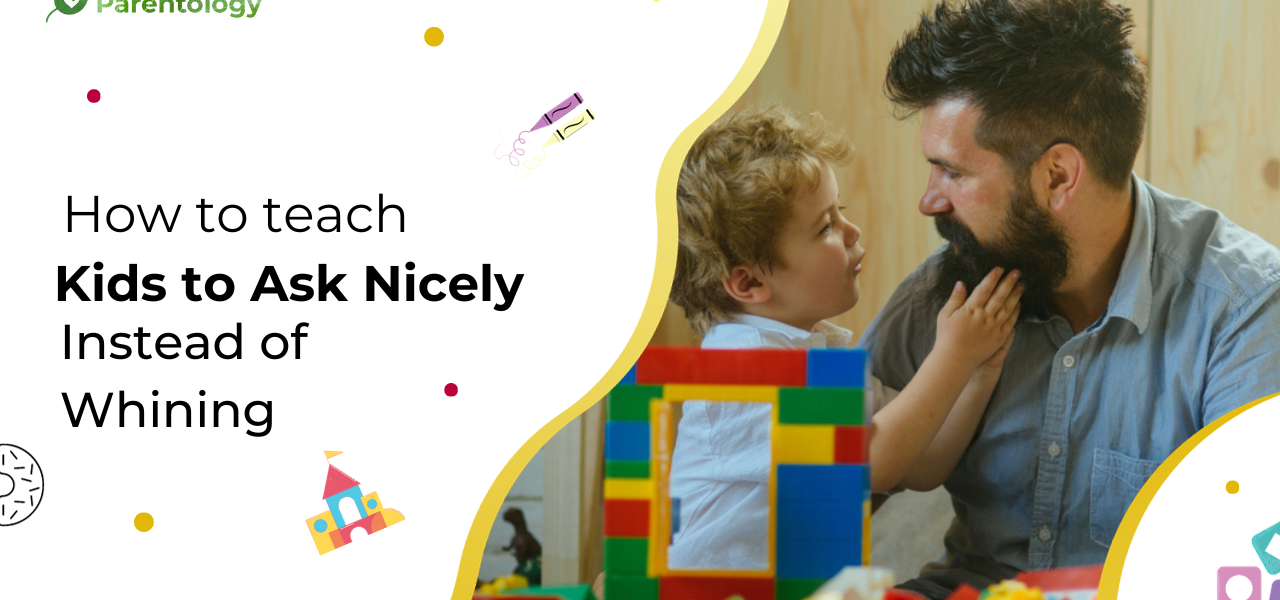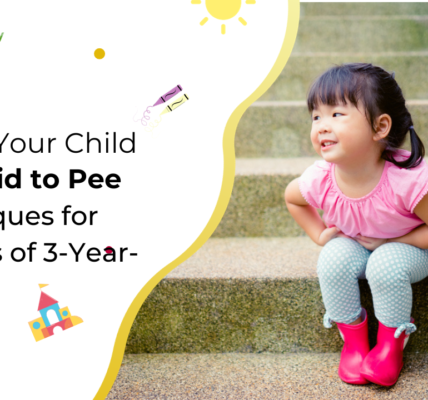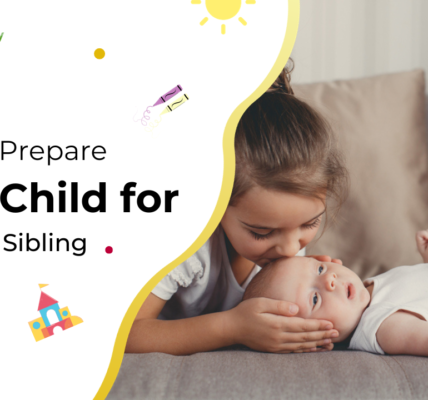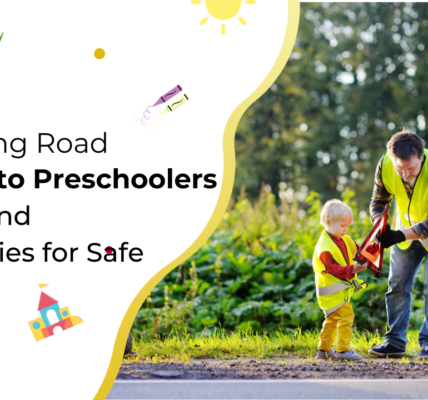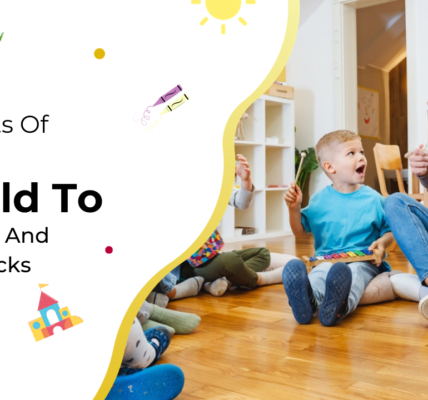How to Stop Toddler from Whining: Teach Kids to Ask Nicely
Parenting can be a challenging journey, and one common obstacle we all face is dealing with our toddlers’ whining. It can be grating on the nerves, but it’s essential to understand that whining is a natural phase in a child’s development. Instead of simply silencing the whining, let’s explore effective ways to teach kids to ask nicely. In this comprehensive guide, we’ll delve into strategies, tips, and FAQs to help you navigate the common parenting challenge like how to stop toddler from whining.
Why Do Toddlers Whine?
Understanding the underlying reasons for your toddler’s whining is the first step towards addressing the issue. Children often whine when they:
- Lack Communication Skills: Toddlers may not have the vocabulary to express their needs effectively, leading to frustration.
- Seek Attention: Whining can be a way to get your attention quickly.
- Express Discomfort: Physical discomfort or illness can trigger whining.
- Mimic Behavior: Sometimes, toddlers mimic what they see in adults or older siblings.
Teaching Kids to Ask Nicely
If You want to know the advices of how to stop toddler from whining, then follow the following tips and advices.
1. Model Polite Communication
Children learn by imitating adults. Demonstrate polite and respectful communication in your interactions with others. When your toddler sees you saying “please” and “thank you,” they are more likely to adopt these behaviors.
2. Encourage Empathy
Teach your child to consider others’ feelings. Explain how whining may make others upset and unhappy. Encourage them to think about how they would feel if someone whined at them.
3. Set Expectations
Establish clear expectations for behavior. Let your child know that whining is not an effective way to communicate their needs. Explain what you expect from them and what they can do instead.
4. Positive Reinforcement
Praise your toddler when they use polite language. Positive reinforcement, such as verbal praise or a small reward, can motivate them to continue asking nicely.
5. Provide Choices
Offer choices when possible. By allowing your child to make decisions within a set of options, you empower them and reduce frustration, leading to less whining.
6. Teach Problem-Solving
Encourage your child to problem-solve when they face a challenge. Teach them to identify the problem and consider different ways to solve it. This helps build their communication skills.
FAQs
Q1: How do I handle whining in public?
A1: In public, it’s essential to maintain your composure. Politely address your child’s behavior, but avoid making a scene. Take them aside if necessary.
Q2: What if my child’s whining persists?
A2: If whining continues despite your efforts, consult a pediatrician to rule out any underlying health issues.
Q3: Should I ignore the whining?
A3: While ignoring whining can sometimes help, it’s essential to find a balance between addressing the issue and not reinforcing it.
Q4: Can I use time-outs for whining?
A4: Time-outs can be used, but they should be brief and intended to give your child a chance to calm down and reflect on their behavior.
Q5: Is it okay to give in to whining sometimes?
A5: It’s best not to give in to whining, as this can reinforce the behavior. Stick to your expectations and encourage polite communication.
Q6: How can I help my toddler express frustration without whining?
A6: Teach your toddler alternative ways to express their frustration, such as using words or drawing a picture.
Q7: Can I seek professional help for whining issues?
A7: If you’re struggling to manage your child’s whining, consider consulting a child psychologist or counselor for guidance.
Q8: Is there a link between diet and whining behavior?
A8: While not a direct cause, hunger or tiredness can contribute to irritability and whining. Ensure your child has regular meals and sufficient rest.
Q9: Can siblings influence whining behavior?
A9: Yes, siblings can influence behavior. Encourage positive interactions between siblings and address any jealousy or competition issues.
Q10: How do I stay patient during whining episodes?
A10: Staying patient can be challenging. Remember that it’s a phase, and deep breaths, mindfulness, and support from your partner or friends can help.
Conclusion
Teaching kids to ask nicely instead of whining is a rewarding journey that requires patience and consistency. Remember that whining is a phase, and with your guidance, your child can learn effective communication skills. By modeling, encouraging empathy, and setting clear expectations, you can help your toddler grow into a polite and respectful communicator. Embrace this challenge as an opportunity for growth and bonding with your child. For more parenting tips, visit Parentology.
In this article, we’ve explored various strategies on how to stop toddler from whining and help kids ask nicely. By focusing on positive reinforcement, empathy, and clear communication, you can guide your child through this developmental phase. If you have more questions or need further guidance, please feel free to reach out.

